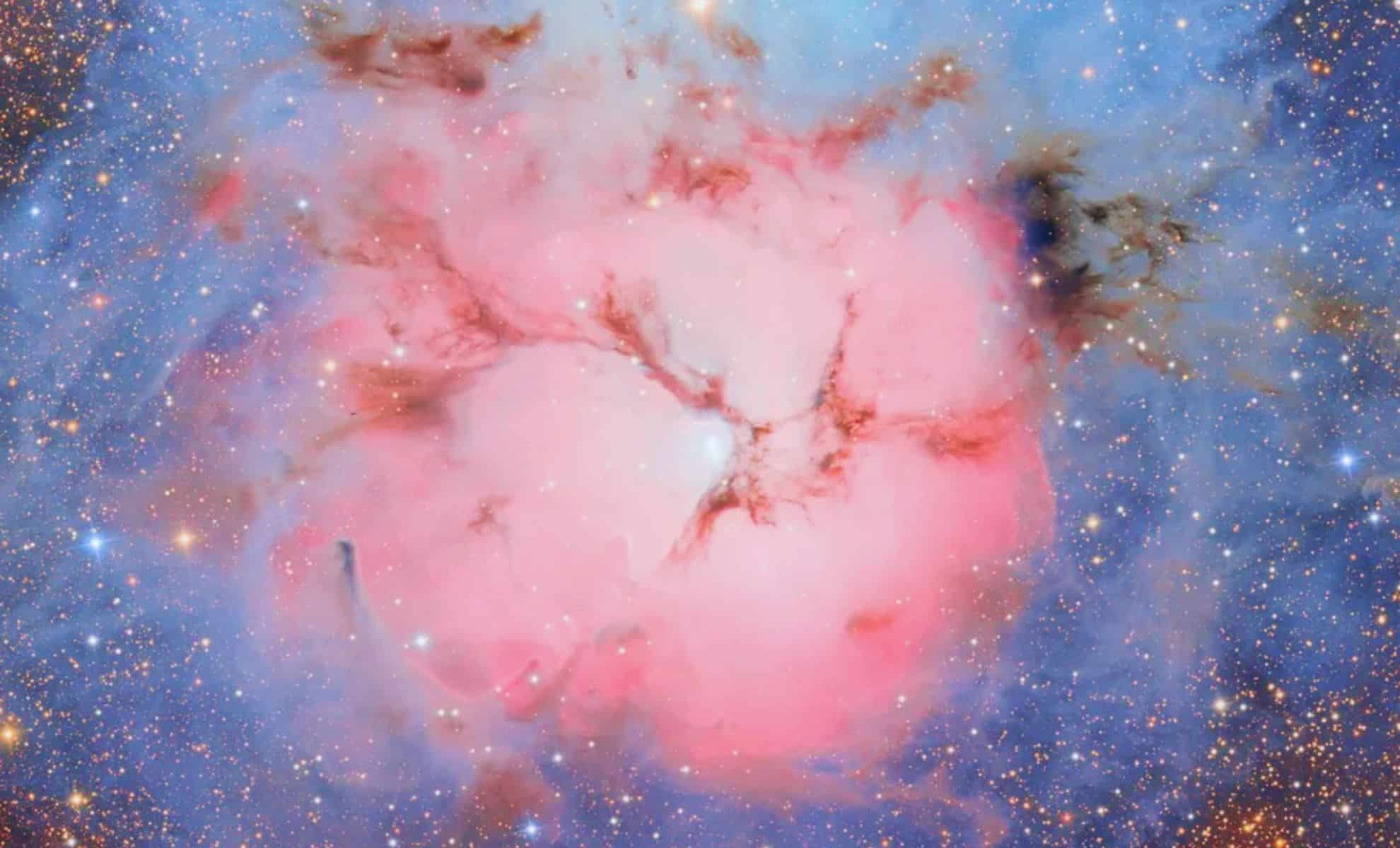The Vera C. Rubin Observatory has unveiled its first close-up image of the cosmos, offering an extraordinary new perspective on the Trifid Nebula (Messier 20), located 5,000 light-years away in the constellation Sagittarius. This stunning new…
Category: 1. Edi-Choice
-

New Satellite Network to Scan Earth Every 20 Minutes, Revolutionizing Global Wildfire Monitoring
A new satellite initiative by Muon Space promises to change the way we detect and monitor wildfires around the world. This effort, spearheaded by the launch of the FireSat Protoflight satellite, is set to form part of a larger constellation that…
Continue Reading
-

First-Ever Image of the ‘Cosmic Web’ Revealed!
In an extraordinary leap forward for astrophysics, astronomers have achieved a momentous breakthrough with the first direct image of the cosmic web, a vast and largely invisible structure that plays a central role in the formation of galaxies…
Continue Reading
-
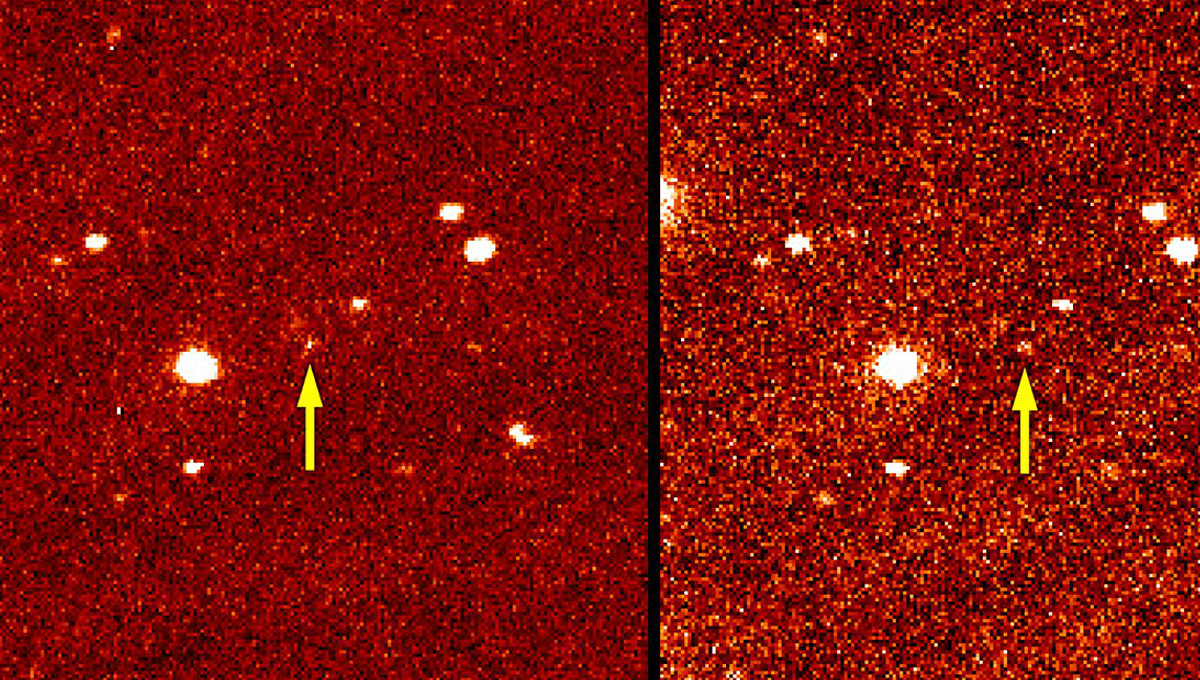
Direct Fusion Drive Could Give Us One-In-11,000-Year Opportunity To Visit Sedna
A team of researchers has outlined how a new “direct fusion drive” propulsion system could allow us to reach Sedna this century. Given the dwarf planet’s wide orbit, it could be our best chance for thousands of years.
In 2003, NASA-funded…
Continue Reading
-
Scientists discover ancient radio signals from distant galaxy cluster – AOL.com
- Scientists discover ancient radio signals from distant galaxy cluster AOL.com
- Astronomers stumble upon ancient radio signals from distant galaxy cluster New York Post
- Farthest ‘mini-halo’ ever detected could improve our understanding of the early…
Continue Reading
-
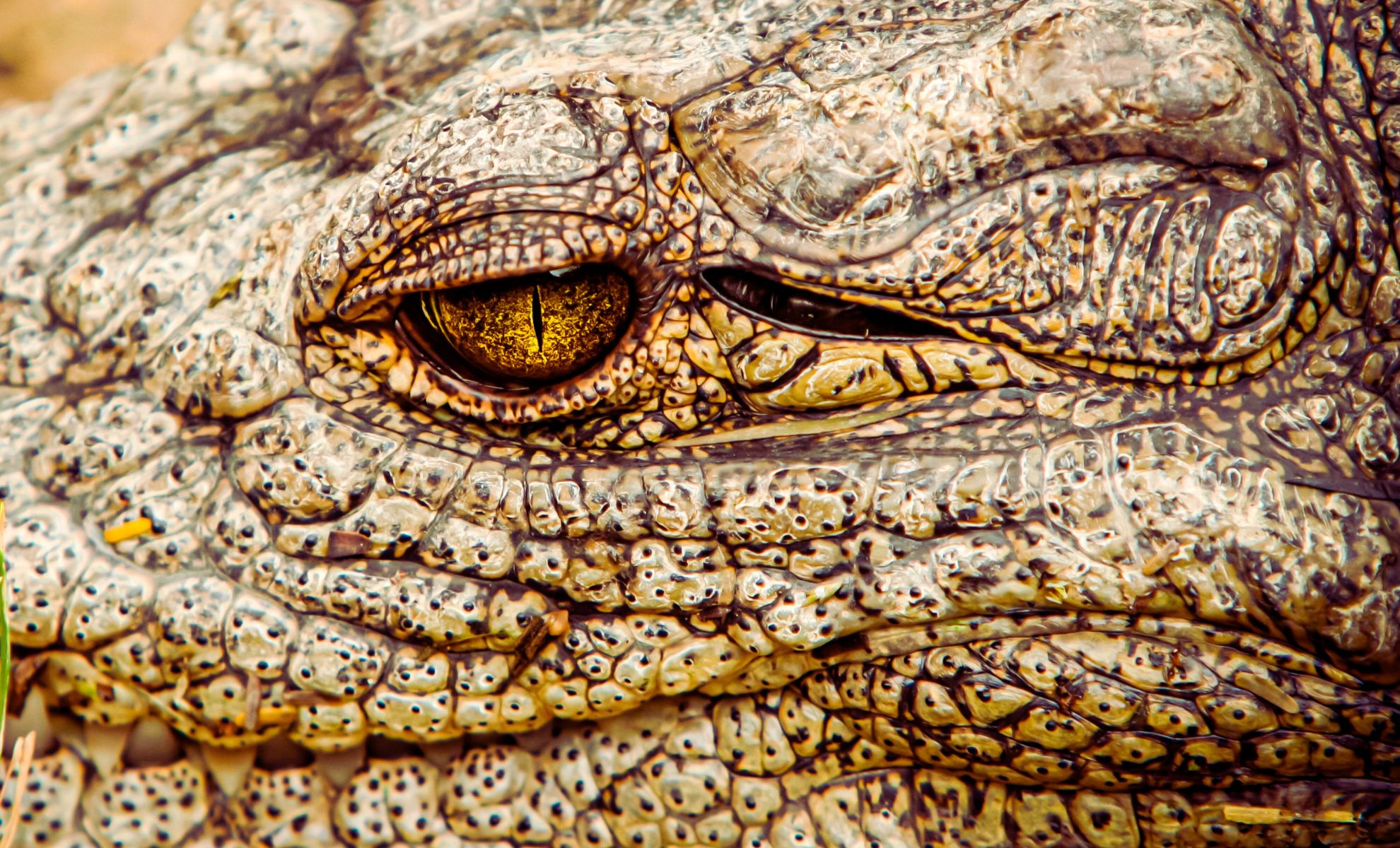
The World’s Oldest Crocodile – And He’s Still Growing
At 124 years old, Henry is officially the world’s oldest known crocodile, and his story is nothing short of extraordinary. This colossal reptile has not only lived a long life, but has also fathered thousands of offspring over his remarkable…
Continue Reading
-
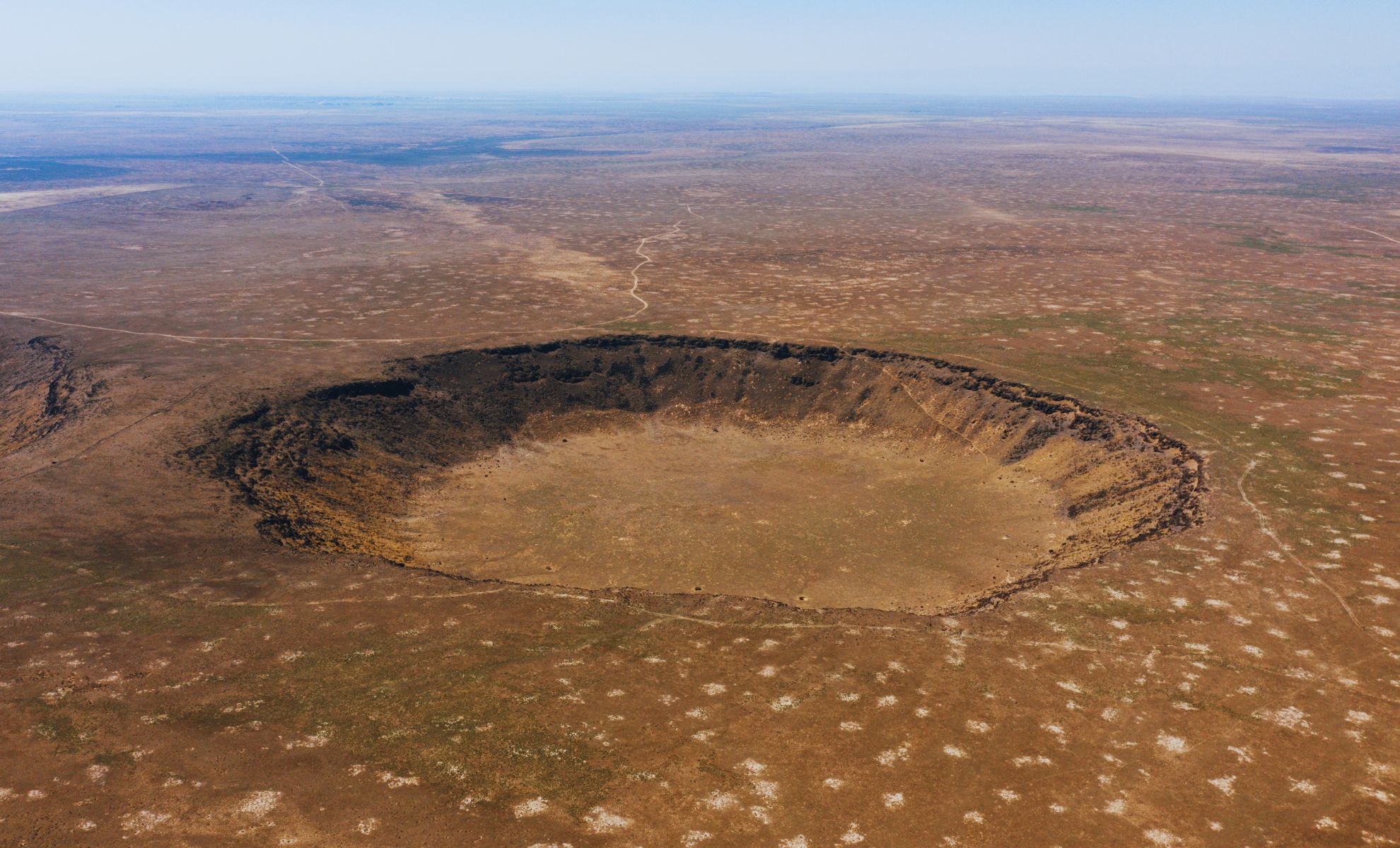
A Massive Impact Crater Has Been Found Beneath Chesapeake Bay
A monumental discovery has revealed that an asteroid struck the East Coast of North America roughly 35 million years ago, leaving behind the continent’s largest known impact crater, now buried beneath the Chesapeake Bay.
The impact was so…
Continue Reading
-
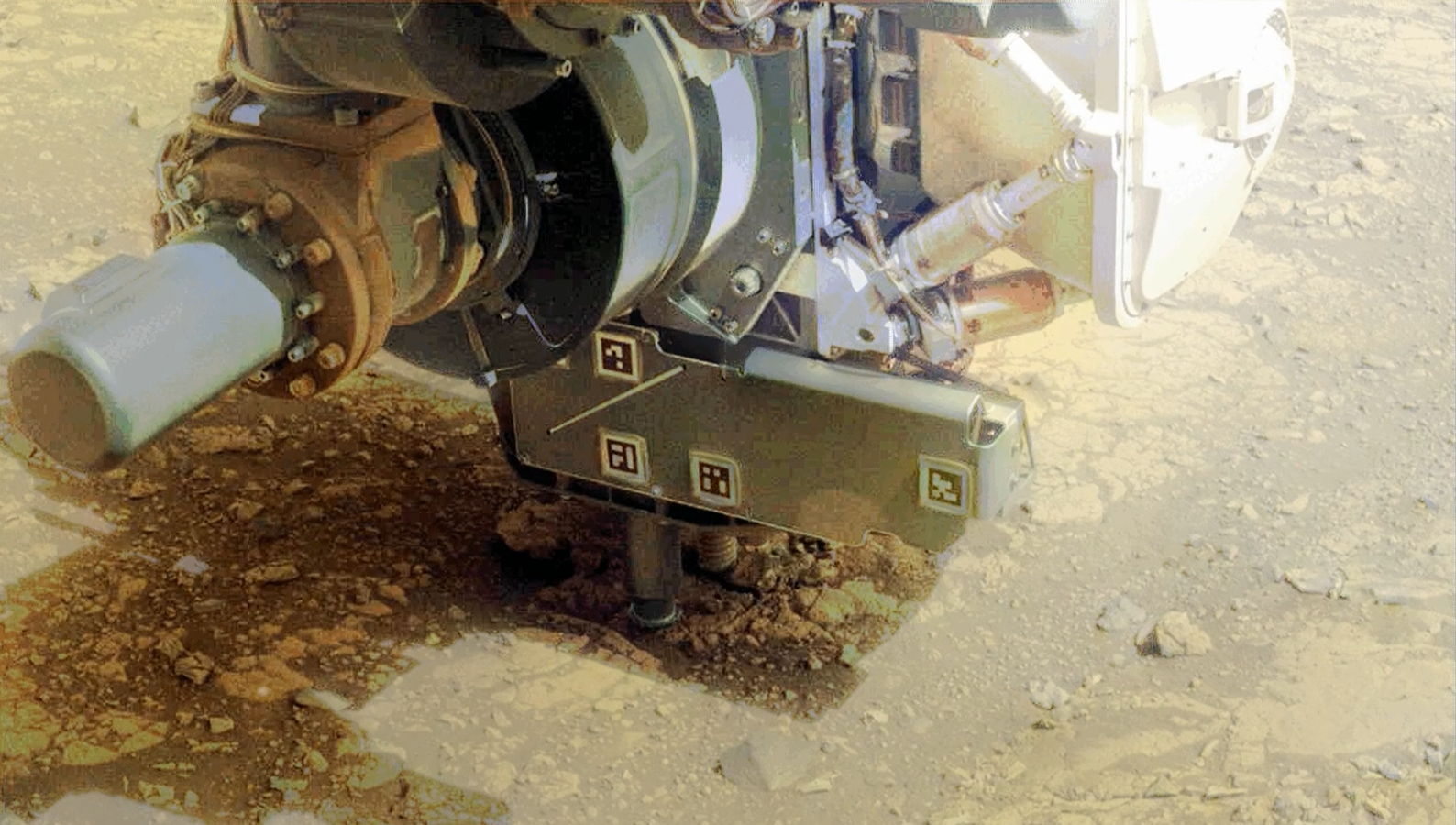
Was ancient Mars habitable? NASA’s Perseverance rover is grinding into a ‘weird, uncooperative’ rock to find out
NASA’s Perseverance rover is digging deeper into Mars’ geologic past as it begins grinding into Red Planet rock surfaces to expose material that could hold clues to the planet’s ancient environment and habitability.
Earlier this month, the
Continue Reading
-
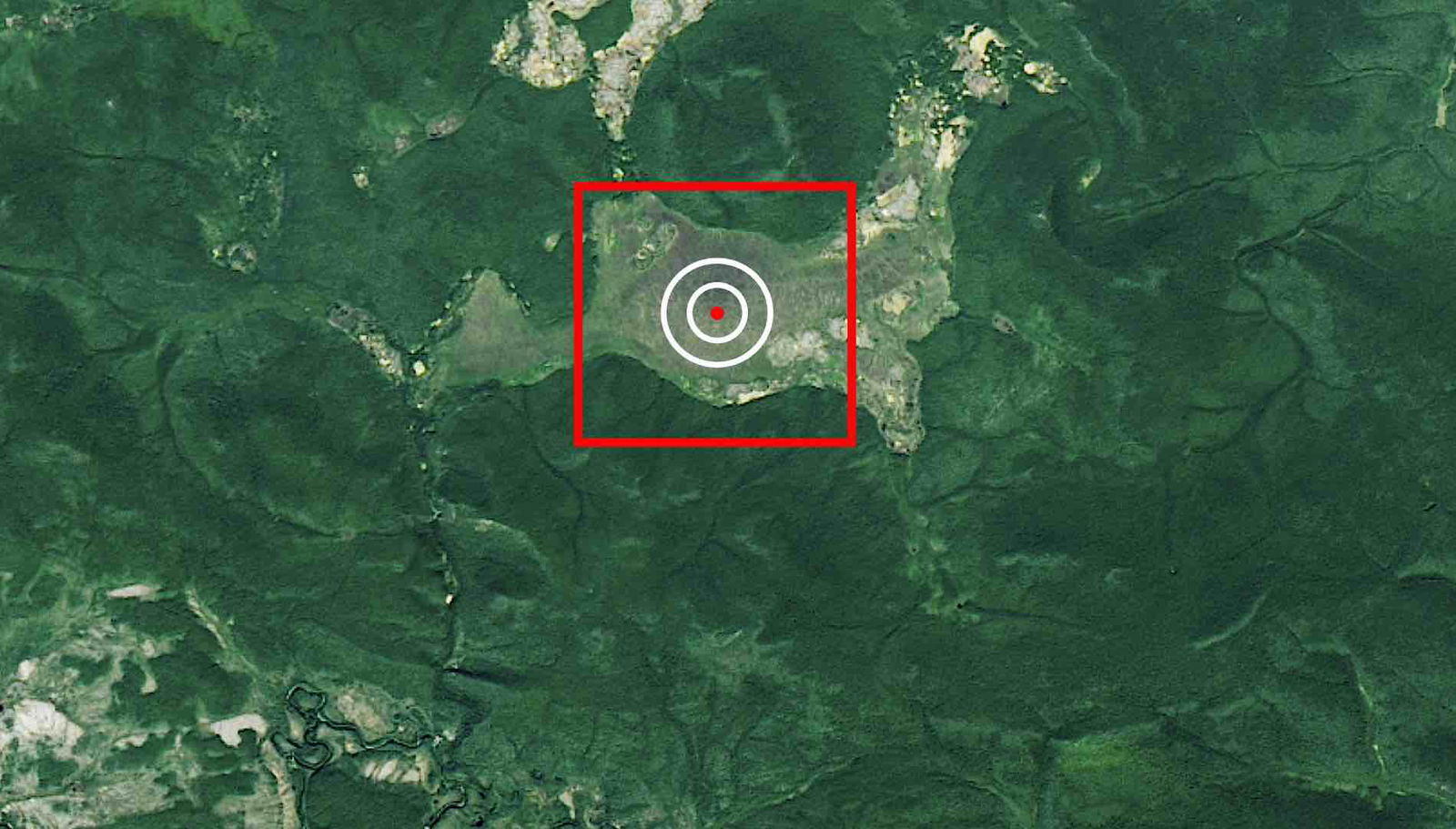
Look: NASA Satellite Images Reveal Mysterious Blast Site of 1908 Tunguska Event that Scorched Remote Siberia
A fiery explosion tore through the skies over Eastern Siberia on the morning of June 30, 1908, decimating more than 830 square miles of frozen taiga in what remains the largest asteroid-related blast in recorded…
Continue Reading
